[From Cyril Richert: We publish below, with the consent of its author, the presentation sent by David Walden, Councillor for Queenstown ward, to Mark Hunter, the Planning Officer. Link with original PDF document is here.]
 Author: David Walden, Councillor for Queenstown ward
Author: David Walden, Councillor for Queenstown ward
Dear Mr Hunter,
I draw attention to the fact that I am a ward councillor for the Queenstown Ward. Although Queenstown Ward is at some distance from the site, my membership of the Council’s Passenger Transport Liaison Group over the last 3 years (thereby allowing me to participate in detailed discussions with the local bus and train operators), plus my experience as a regular user of the station for over 25 years, and as a resident in the St. John’s Hill area for a similar period, enables me to offer some comments on this proposal from a transport context.
INADEQUATE PROVISION FOR TRANSPORT USERS
The proposals in relation to the station itself and the interchange arrangements with other local transport are unsatisfactory, in that they in no way offer a complete solution to the acknowledged problems with which Clapham Junction Station must contend as a transport hub. No bus stops would be removed from the congested local roads, and indeed road traffic in the area would increase significantly because of the number of residential car parking spaces that are proposed. The last thing the Clapham Junction area needs is more road traffic.
Turning to the station itself, although two new station entrances are proposed, these provide access to an ageing footbridge which it is not proposed to upgrade or improve in any way. Many of the steps down to the platforms from this bridge are steep and narrow (those to Platforms 11 and 12 being particularly bad). Facilities at platform level are also unacceptably poor (the platform awnings on platforms 9, 10, 11 and 12 are wholly inadequate, and no improvement to these appears currently to be planned). Additionally, the complete closure of the subway as a means of access to the station is unnecessary and unhelpful for station users, given the shortcomings of the staircases down to the platforms from the footbridge to which I have already referred.
All intending passengers starting their journeys at Clapham Junction would in future be forced to use the staircases descending from the footbridge to reach the platforms. In my opinion, all that is needed is a reduction in use of the subway, and this can be achieved by the (already in progress) Brighton Yard reopening, together with some form of access directly from St John’s Hill to the footbridge. This would allow those entering the station to use the subway if they preferred. Step free access to the platforms is already being provided, of course.
Some supporters of the scheme have argued that this is a “once in a lifetime opportunity” to improve station facilities for the 21st century. In my opinion, this proposal should be seen more as a huge missed opportunity to improve the station facilities. It should be recalled at this point that Clapham Junction is the 5th busiest railway station in the country (if interchange passengers are included-only 4 of the central London termini are busier). A more fundamental approach to solving Clapham Junction Station’s shortcomings is needed, and in my opinion, the present proposal does not begin to address those shortcomings. It should therefore not be seen as the solution to the problems that Clapham Junction Station faces as it attempts to serve as a major public transport node.
RAIL IMPROVEMENTS DO NOT APPEAR TO DEPEND ON THIS PROPOSAL
Network Rail is currently planning for the delivery of a project to allow 10 coach trains to operate on the suburban lines into Victoria Station. These trains serve platforms 14 and 15 at Clapham Junction Station, which will require lengthening to allow these longer trains to operate. This platform lengthening is project 15.05 of Network Rail’s CP4 Delivery Plan (published on 31 March 2009). Additional land to the south of the station is required to allow this platform extension to be carried out (since a realignment of the tracks will be necessary to allow the platforms to be of the required length-which incidentally addresses a long standing issue with the gap between the platform and the trains here).
I show below the key assumptions Network Rail are making with regard to the project (copied directly from the Network Rail document).
Key assumptions
- That SDO will not be an acceptable alternative to platform extensions at this location;
- that developer contributions may be available within the timescales required;
- that no significant issues will be encountered with the purchase of land;
- it is expected that the land will be acquired as part of the commercial property development. If this does not proceed then it will be necessary to purchase the land either directly or via a Transport and Works Act Order;
NB (my addition); SDO is an abbreviation for Selective Door Opening, whereby some doors remain closed where not all coaches forming a train calling at a station can be alongside a platform edge.
This shows that the proposed development, while welcome as potentially offering a contribution to Network Rail’s costs of delivering the lengthening of the trains on the South London suburban network, is not an essential requirement for that project to take place (since Network Rail indicates that it would use its compulsory powers to acquire the necessary land in any case).
Other supporters of the proposals have said that this proposed development, with its very tall buildings and other attempts to maximise capital values from the site, is the only way to secure the necessary improvements to the rail corridors using the station. The fact that Network Rail itself says that a Transport and Works Act acquisition would be used to obtain the land needed for the lengthening of platforms 14 and 15 surely gives the lie to that contention.
A further project aims to deliver 10 coach trains on the suburban lines towards Waterloo Station. The platforms that these trains would use (3-6 and 10 and 11) are either already of sufficient length to accommodate the longer trains, or can easily be extended without the need to acquire additional land.
CONCLUSION
To summarise, while I agree that there is a pressing need for improvements to Clapham
Junction station, it is my opinion that this proposal only partially addresses the need for those improvements, whereas the impact of the overall scale and type of the proposed development on the surrounding residential and local shopping areas is unacceptable (and I associate myself with Councillor Dawson’s comments on this aspect).
I therefore urge rejection of this proposal.
Yours sincerely
Councillor David Walden
Queenstown Ward


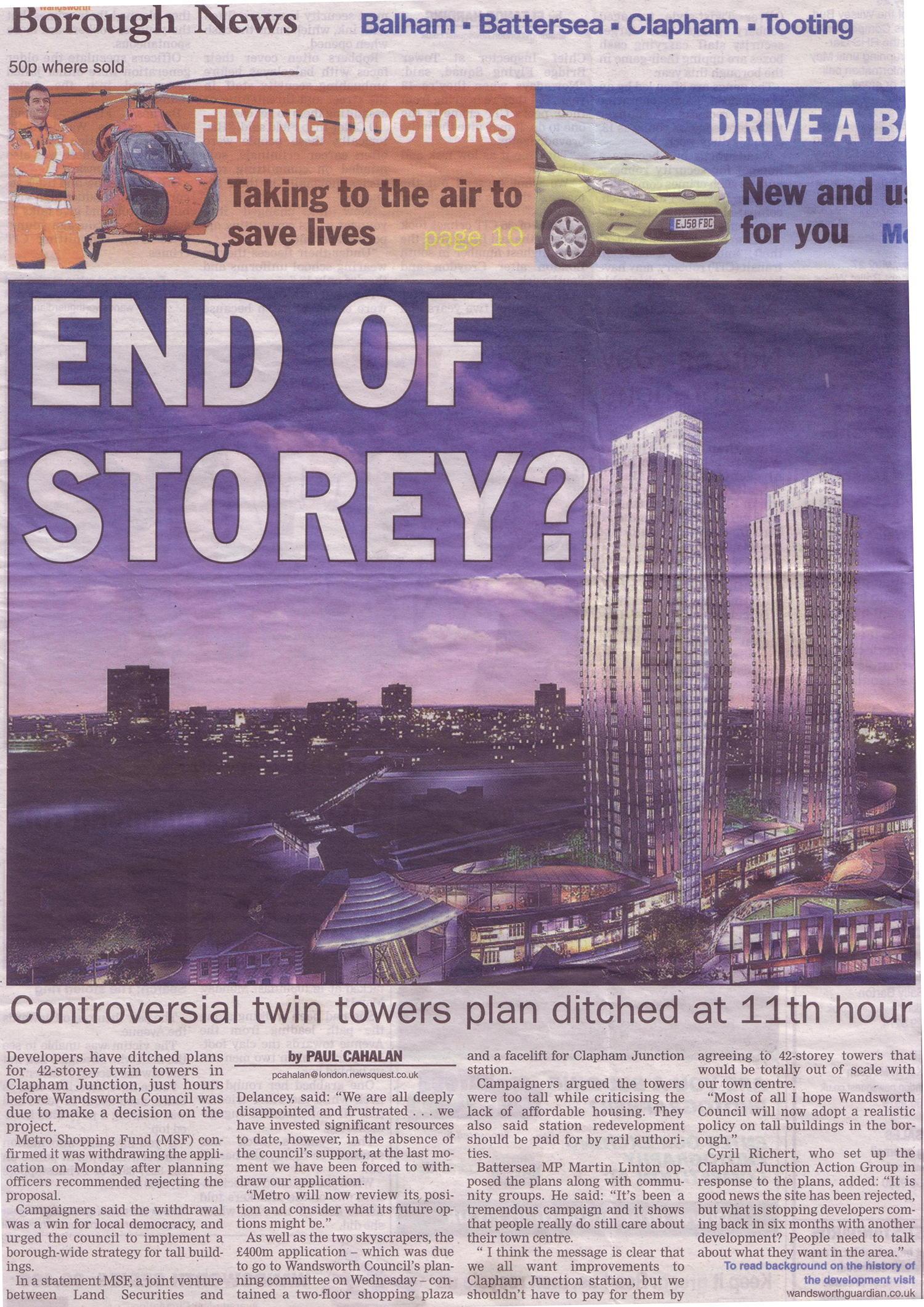

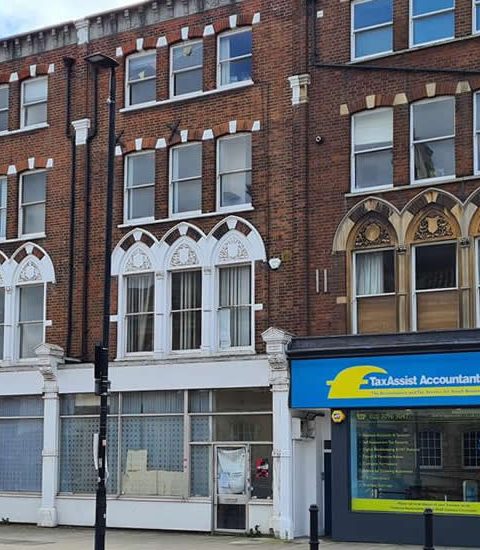
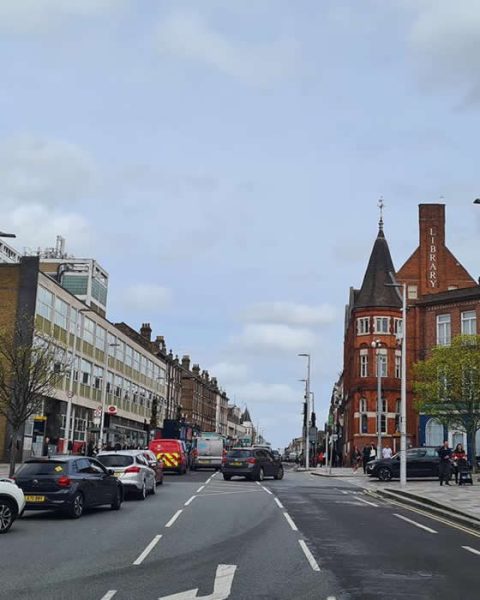

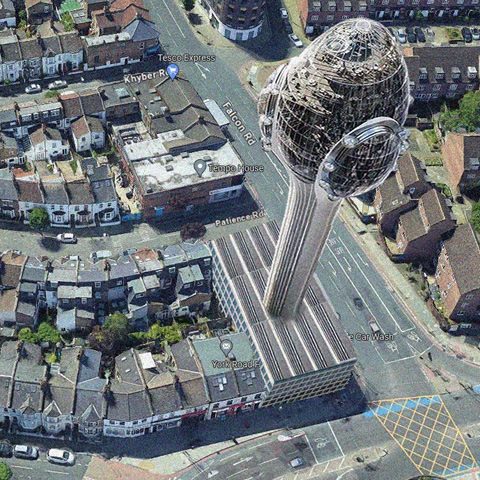
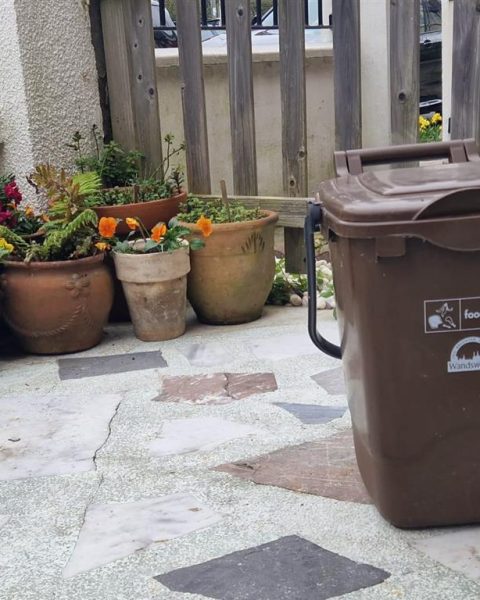

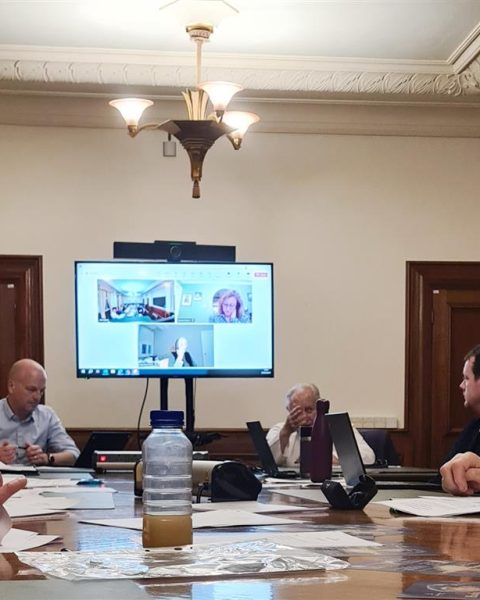
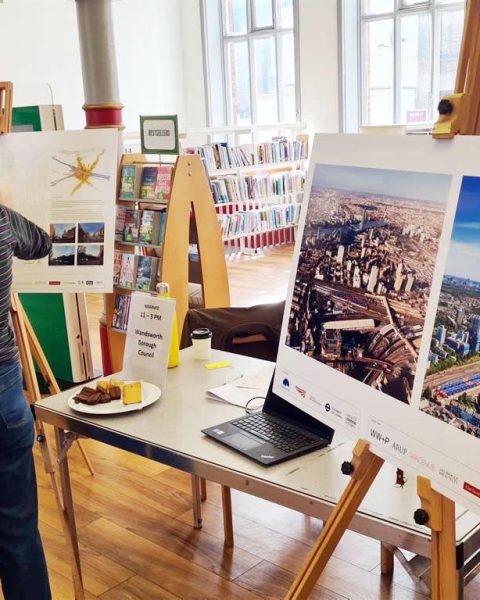
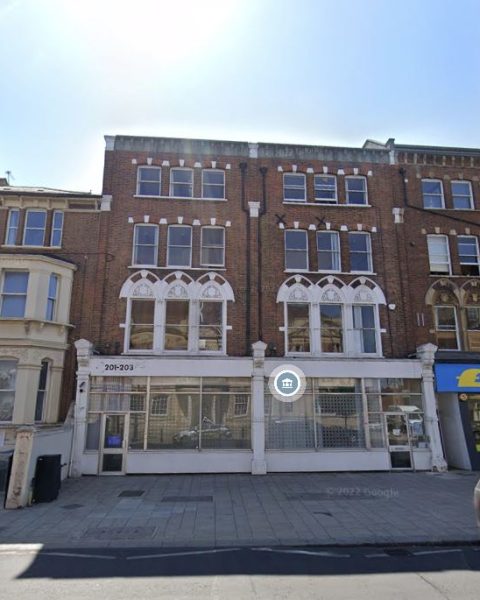
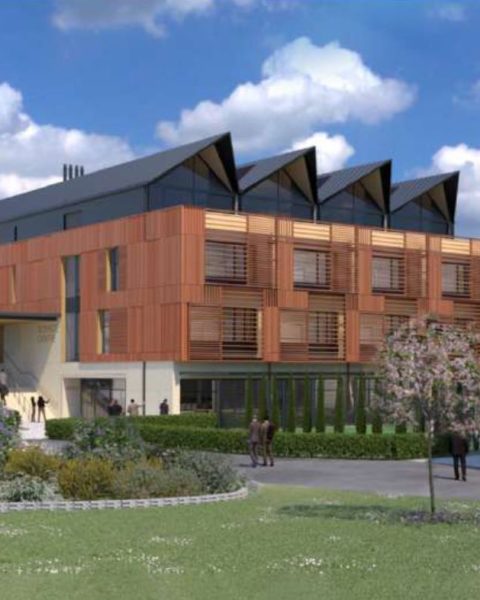


Objection well put and appropriate. Totally agree.
Upgrading Clapham Junction Station is to be welcomed and should not come with two monsterous towers attached!